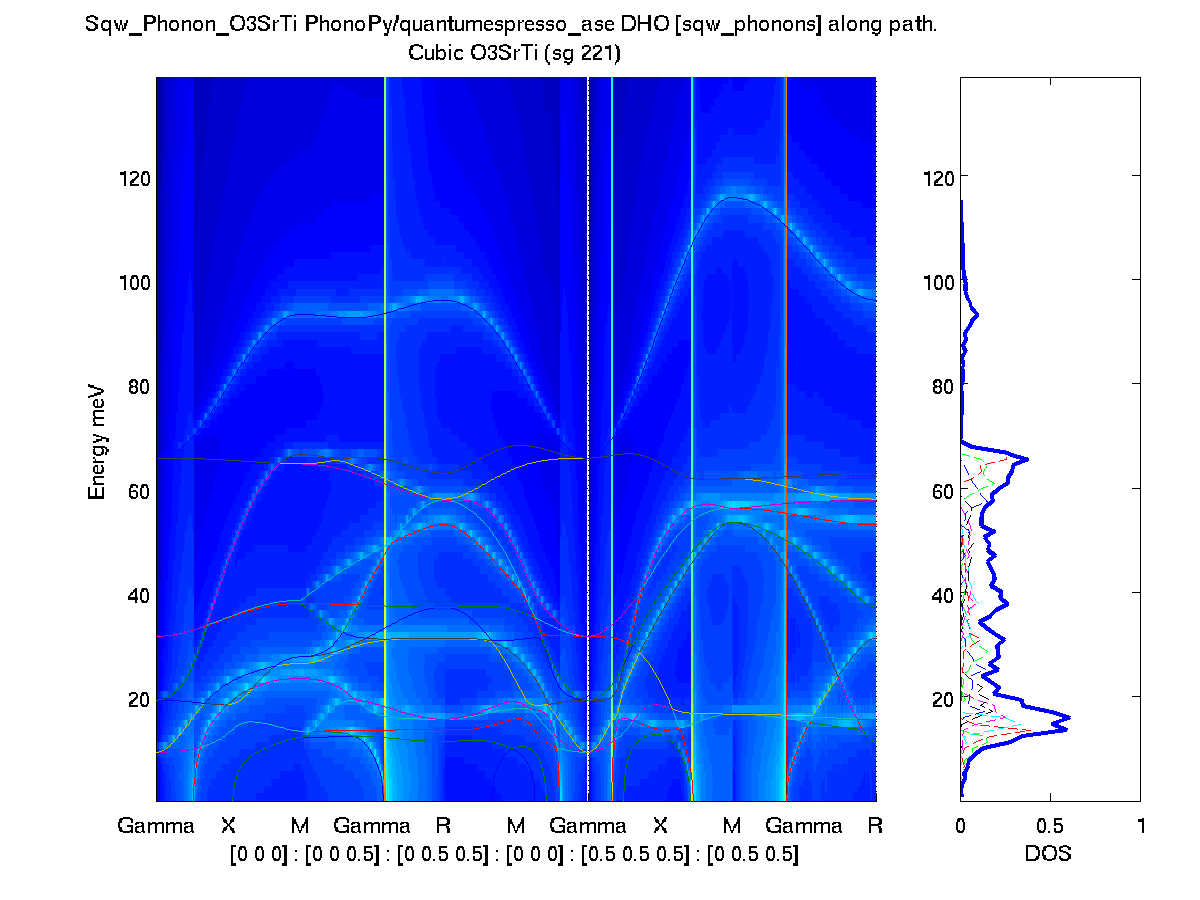

- #Materials studio phonon dispersion license
- #Materials studio phonon dispersion plus
- #Materials studio phonon dispersion free
Miranda.henrique at Aknowledgments & Funding I decided to continue the project by optimizing the implementation, cleaning up the design and replacing JSmol by a self made applet using Three.js and WebGL called VibCrystal.Ĭurrently the website works also as a web application which means the user can visualize his own calculations made with phonopy. This project is the continuation of the work of Raoul Weber during an internship in the University of Luxembourg for 2 months in the Theoretical Solid State Physics group under the supervision of Ludger Wirtz and technical help from me. Line_breaks: list of tuples with start and end of each segment (Optional) Qpoints: list of q-point in the reciprocal space (Nx3 float array)ĭistances: list distances between the qpoints (Nq float array)Įigenvalues: eigenvalues in units of cm-1 (Nqx(N\*3)) Highsym_qpts: list of high symmetry qpoints (Nx3 float arraay) Repetitions: default value for the repetititions (array 3 integers)Ītom_pos_car: atomic positions in cartesian coordinates (Nx3 float array)Ītom_pos_red: atomic positions in reduced coordinates (Nx3 float array) Lattice: lattice vectors (3x3 float array)Ītom_types: atom type for each atom in the system (array strings)Ītom_numbers: atom number for each atom in the system (array integers) Name: name of the material that will be displayed on the website (string) Phonon dispersions and animations on the website. Here you can find a short description of the internal. Visit the page on your web browser in the address: File Format You can run a http server locally (Mac or Linux) with python -m rver (python 3) and Variables this.arrowcolor and this.bondscolor respectively. The colors of the bonds and arrows can be changed in vibcrystal.js in the The colors of the atoms can be changed in atomic_data.js file inside the js/ folder. If you still would like to change the colors, you can checkout locally the git repository from Github. The default colors of the atoms are the same ones used in jmol.Ĭurrently we don't provide a web interface to change them. In polar materials the LO-TO splitting is missing in the phonodb.

#Materials studio phonon dispersion license
For the license terms of the data from phonodb please refer to their website.
#Materials studio phonon dispersion free
You are free to use all the images generated with this website in your publications and presentations as long as you cite this work (a link to the website is enough). Here are some examples of what can be added to the website link: The following options should be present in the nf file:

You can visualize your own phonopy files by clicking on the Choose files button and selecting a band.yaml file. If you want to see your own calculations, we currently support phonon calculations from Abinit, Quantum Espresso and phononpy.
#Materials studio phonon dispersion plus
In the phonon section you can click on any point in the phonon dispersion and see an animation of how the atoms vibrate according to that particular mode.īy default you can visualize the phonon dispersion of a few selected materials we calculated plus the ones calculated by A. Each mode has associated a frequency of vibration that is related with the forces between the atoms. Combining the different possible ways the atoms can vibrate we obtain the eigenvectors. The atoms can move in any of the three cartesian directions. The temperature of a material is related to the agitation of its atoms. This project aims to provide a simple way to visualize the lattice vibrations of different materials. Phonon website Visualize phonon vibrational modes


 0 kommentar(er)
0 kommentar(er)
